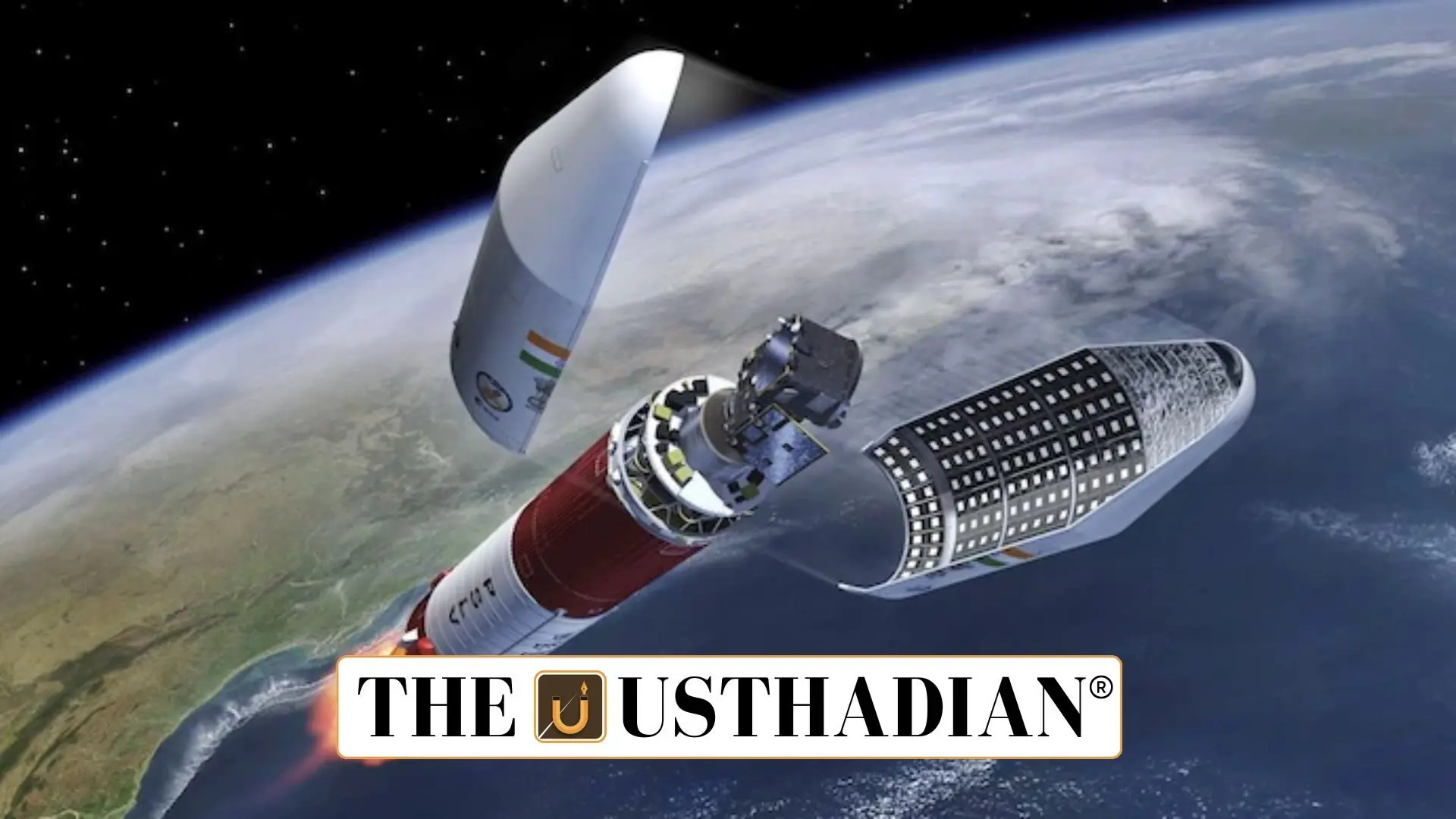A Shock for ISRO’s Trusted Launch Vehicle
PSLV-C61 Mission Failure: A Rare Setback in ISRO’s Stellar Record: On May 18, 2025, the Indian Space Research Organisation (ISRO) encountered an unexpected failure during the PSLV-C61 mission, which was carrying the EOS-09 Earth observation satellite. The issue occurred during the third stage of the launch sequence, a crucial point where the vehicle must gain high velocity before deploying its payload. The failure marked only the third time that India’s trusted Polar Satellite Launch Vehicle (PSLV) has not achieved mission success since its debut in the 1990s.
What Makes PSLV So Important?
The PSLV is one of ISRO’s most reliable and versatile rockets. It has successfully launched 63 missions before this failure and is known for placing satellites into sun-synchronous and geostationary orbits. The PSLV is credited with launching India’s most ambitious missions like Chandrayaan-1, Mangalyaan (Mars Orbiter Mission), and numerous foreign payloads, which earned India recognition as a low-cost space power. Its reputation stems from its four-stage structure, which includes both solid and liquid propulsion systems for increased efficiency and payload flexibility.
A Look at the EOS-09 Mission
The EOS-09 satellite was equipped with a Synthetic Aperture Radar (SAR) that allows high-resolution imaging regardless of cloud cover or darkness. The plan was to place it into a 597-km sun-synchronous orbit. Such Earth observation satellites are essential for applications in agriculture, disaster management, urban planning, and climate monitoring. The failure has caused concern not only because of the loss of an important satellite but also because it followed a recent GSLV mission failure, raising questions about reliability.
Understanding the Cause and Way Forward
Initial assessments suggest that the third stage of the PSLV may have experienced propulsion failure or deviation, leading to mission abort. The third stage uses a solid propellant and plays a vital role in accelerating the rocket to orbital velocity. ISRO is expected to form a failure analysis committee to study the incident thoroughly. While these failures are disappointing, they are not uncommon in the global space community. ISRO has consistently shown resilience by learning from each setback and making technological improvements.
ISRO’s Legacy and Future
Even with this rare failure, ISRO’s record remains strong. The agency has launched over 400 satellites from multiple countries and played a key role in democratizing space access. The PSLV’s cost efficiency and dependability have made it the preferred choice for commercial satellite launches. With upcoming missions like Chandrayaan-4, Aditya-L1, and Gaganyaan, ISRO remains a critical player in global space science, despite recent hurdles.
STATIC GK SNAPSHOT
| Feature | Details |
| Launch Vehicle | PSLV-C61 |
| Launch Date | May 18, 2025 |
| Mission Payload | EOS-09 Earth Observation Satellite |
| Payload Type | Synthetic Aperture Radar (SAR) |
| Orbit Target | 597 km Sun-synchronous Polar Orbit |
| Previous PSLV Failures | 1993 (maiden flight), 2017 (heat shield) |
| ISRO Headquarters | Bengaluru, Karnataka |
| PSLV Full Form | Polar Satellite Launch Vehicle |
| Number of PSLV Launches (2025) | 64 (including 3 failures) |
| Agency Head | Dr. S. Somanath (as of 2025) |








